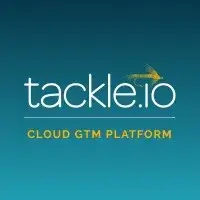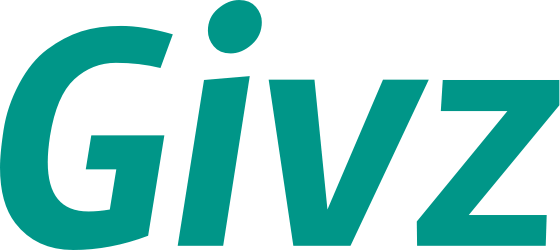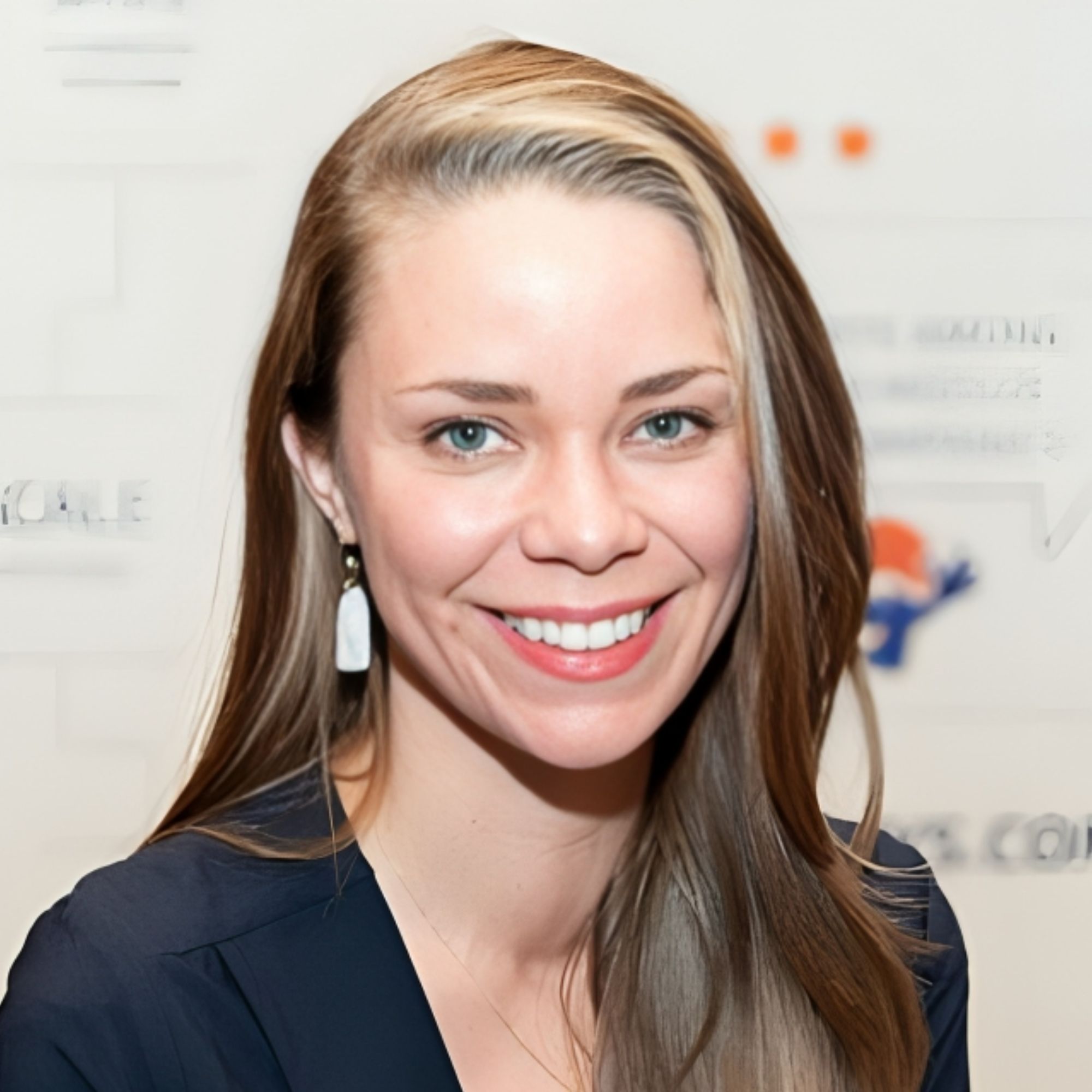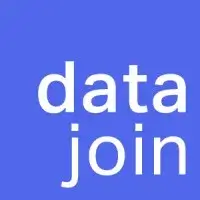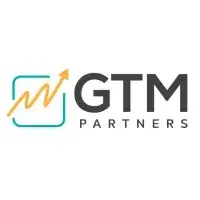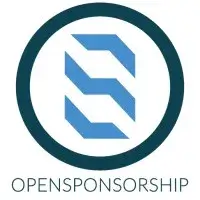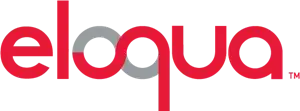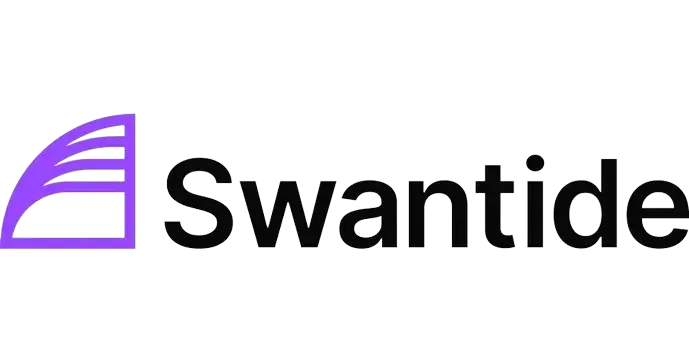Ready to launch your own podcast? Book a strategy call.
Frontlines.io | Where B2B Founders Talk GTM.
Strategic Communications Advisory For Visionary Founders
Conversation
Highlights
Beyond Attribution: How Dreamdata’s Marketing-Led Strategy Challenges B2B Growth Conventions
Marketing to marketers might sound like selling ice to Eskimos, but it’s arguably more complex. In a recent Category Visionaries episode, Dreamdata CEO Lars Grønnegaard revealed how his team’s unconventional approach to B2B marketing has helped them cut through the noise in the crowded marketing technology space.
For most B2B SaaS companies, the path to growth typically involves either aggressive sales or product-led motion. Dreamdata chose a different route. “Our go to market is like, at one end, we’re very much a marketing led approach,” Lars explains. “With three co-founders, two came from product, one came from marketing… So no sales guy.”
This wasn’t just happenstance. The decision to put marketing at the core of their strategy came from a deep understanding of their target audience. As Lars notes, “We sell to marketers – B2B marketers, they love LinkedIn and they live their life there. So it’s a very good place for us to exist and be like, we connect with the market there.”
But connecting with marketers requires more than just showing up where they hang out. Lars emphasizes the need for creativity and boldness: “If you’re marketing to marketers, I think you need to try things, whatever you do, but especially marketing to marketers, you can’t just do what everybody else does. You need some creativity in what you do. You need to be bold.”
This philosophy manifested in unexpected ways. When one of their salespeople suggested buying a Times Square billboard for $500, Lars approved what became a guerrilla marketing campaign. The billboard playfully stated that their CMO wanted to spend the money on Google Ads instead. They captured his genuine surprise reaction and transformed it into engaging content – a perfect example of turning an impromptu idea into valuable marketing material.
Yet perhaps the most counterintuitive lesson from Dreamdata’s journey is about focus – or rather, the illusion of it. “When you think you’re focused, you’re not so narrow down,” Lars reveals. “Find a very narrow ICP when you start. And don’t mistake your initial ICP for your tam.” This distinction between total addressable market and ideal customer profile is particularly relevant for founders who might be hesitant to narrow their focus too much in the early stages.
Their journey upmarket provides a cautionary tale about timing and readiness. After landing two enterprise customers too early, they learned the hard way about the importance of having enterprise-ready capabilities. “Initially, after like five customers or something, we actually landed two companies I define as enterprise. And I can say that wasn’t a good idea because at that stage, the product was not even a product, I would say it was more like a prototype and a ton of duct tape and lots of PowerPoints.”
The second attempt at targeting larger companies came with much better preparation. “We had much more of a product. We also had a lot of what you would define as, like, enterprise readiness capabilities… single sign on, some answers to infosec, a lot of the things that are required in that space,” Lars explains.
For product-focused founders, Lars offers a perspective shift on the much-discussed concept of product-market fit. “Everybody tells you need to find product market fit, and all you hear is product. That’s all you hear… But there’s a lot of things that can be done where you go the other way and you fit the market to the product.”
Looking ahead, Dreamdata’s vision extends beyond just attribution. “The big picture for us is this automation angle,” Lars shares. “You’ve seen automation in B2C go to market for the last 20 years, and you’re definitely seeing it now in the B2B space as well… We want to be a key platform for that. Something that enables B2B companies to run automated go to market at scale.”
For B2B founders, particularly those targeting sophisticated buyers like marketers, Dreamdata’s experience underscores that success isn’t just about having the right product or the perfect strategy. It’s about understanding your audience deeply enough to know when to be bold, when to focus, and when to pivot your approach – even if that means buying a $500 billboard in Times Square.
Actionable
Takeaways
Leverage Local Success Stories to Foster Innovation:
Lars highlights the influence of successful local companies like Zendesk on the Copenhagen tech scene. For founders, tapping into local success stories can provide inspiration and practical insights into building and scaling a tech company.
Address Age-Old Problems with Modern Solutions:
Dreamdata addresses the long-standing challenge of revenue attribution in marketing with a data-centric approach. This takeaway underscores the importance of using contemporary technologies to tackle traditional industry challenges, enhancing accuracy and efficiency.
Utilize Attribution for Optimization, Not Just Credit:
Moving beyond the traditional use of attribution for assigning credit, Lars advocates for its use as a strategic tool for optimization. This approach can lead to more collaborative and productive interactions between sales and marketing teams, focusing on common goals rather than internal competition.
Incorporate Automation to Scale Operations:
Lars emphasizes the potential of automation in streamlining and scaling B2B marketing efforts. For tech founders, investing in automation technologies can significantly enhance operational efficiencies and enable more focused strategic endeavors.
Narrow Focus to Accelerate Growth:
One of Lars' key lessons is the importance of narrowing the initial customer profile (ICP) to focus efforts more effectively. Startups should clearly define and continually refine their ICP to align closely with those most likely to benefit from and advocate for the product.




